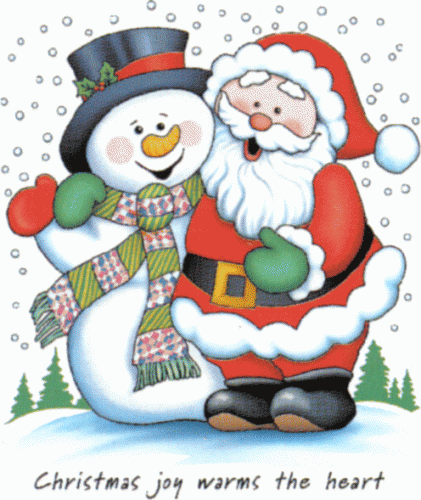The Origins of Christmas

Christmas is the celebration of the birth of Christ, but the origins of this Christian celebration is said to be purely pagan. There is a lot of uncertainty as to the exact date that Christ was born and in the middle of the fourth century, it was suggested to Pop Julius 1st that the 25th December was the day, but it is now thought to have been in the summer.
This date coincided with a number of pagan festivities which included the European winter solstice known as the Festival of Yule which began on the 21st December and lasted several weeks and so because the church was unable to eliminate them, they were absorbed into the Christian faith with the 25th December remaining the birth date of Christ for the last 15 centuries.

The decorating of homes with evergreens such as holly, ivy and mistletoe which were considered as magical plants has been a practice that dates back over 2,000 years to the Druids and until recently, was considered unlucky to put up decorations until the 24th December. The holly and berries later came to symbolise the crown and blood of Christ, with the ivy symbolising immortality and was later used to decorate the inside of churches as well as homes. The mistletoe which was highly worshipped by the Druids was considered too sinful and is still forbidden in churches to this day, while the tradition of kissing under the mistletoe is purely English.
Around the year 1300, carols, which originated from France, were sung at all feast days throughout the year including Easter, Whitsun, May Day and of course Christmas. The word carol came from the French word ‘Carole’ meaning ‘ring’ with the early carollers dancing in a ring while singing.

In the mid seventeenth century during the regime of Oliver Cromwell, Christmas celebrations were abolished with shops forced to stay open while churches were locked. Anyone including priests found celebrating the birth of Christ was imprisoned.
The restoration of the monarchy in 1660 saw again the celebration of Christ’s birth, becoming a joyous occasion, but without the singing of carols which was not re introduced until the mid 19th century by the Victorians who produced new carols and hymns along with the old. It became popular to sing carols in church as well as outside during the 1880’s with carollers and children going from house to house often being rewarded with mince pies and a warm drink.
It was traditional to send a ‘Christmas piece’ during the eighteenth and nineteenth century which consisted of a few lines of greetings on specially prepared paper in the form of decorated borders or scrolls. The first Christmas cards were produced in 1843.

The Christmas tree was introduced by Queen Victoria’s Consort who had a tree imported from Germany in 1841 to Windsor Castle in order that his family could enjoy one of his great delights as a child. Decorated with fruits, nuts and sweets, paper roses and miniature candles the tree was an instant success within the royal household. Today the Christmas tree is erected in almost every home, church, village square and town centre.
The giving of gifts and presents date back from the ancient Romans on New Year’s day which gradually changed over a period of 20 -30 years to the 12th night. It is only in recent years that gifts became expensive as in past years it was a token gift of fruit, small toys, needlework samplers and almanacs.
The tradition of Father Christmas in Britain is not much more than a hundred years old and came from across the Atlantic, while in the US settlers brought with them the tradition of ST Nickolas or Sinterklaas which was later americanised to Kriss Cringle. The persona of Santa Claus or Father Christmas and his dress of red and white clothing, flowing white beard, riding through the skies on an open sleigh pulled by reindeer whilst delivering gifts to children by climbing down a chimney was established in 1880.

The history of the Christmas stocking goes way back to the 4th century when a story was told of a nobleman who once rich and powerful, fell on hard times. He was always good and kind to his fellow man. His wife passed away leaving him with three daughters to bring up on his own. He could not provide a dowry for his daughters when they were old enough to be married and so worried that no man would want to take them on. St Nicholas heard of the troubled man and so one night during the Christmas season when everyone was sleeping, he threw a bag of gold coins through a window which landed in the daughters stockings that was hung up to dry. The gold was just enough for their dowry and since then people have hung up their stockings on Christmas Eve in the hope of finding treasure the following morning. Hence the gold covered chocolate coins at Christmas.
No comments:
Post a Comment